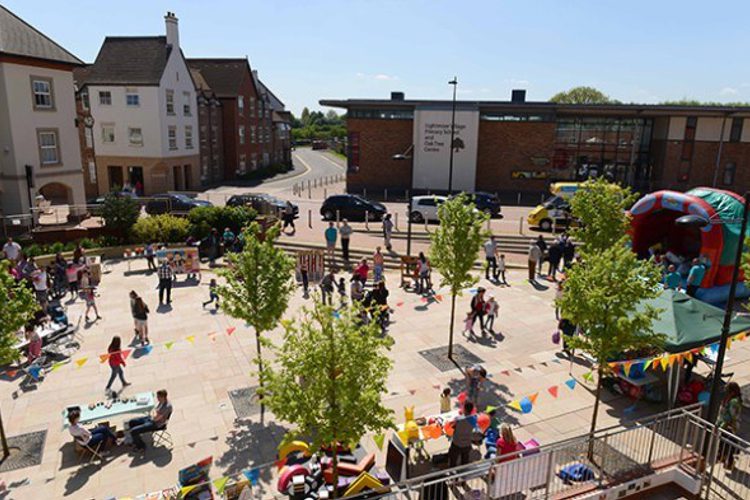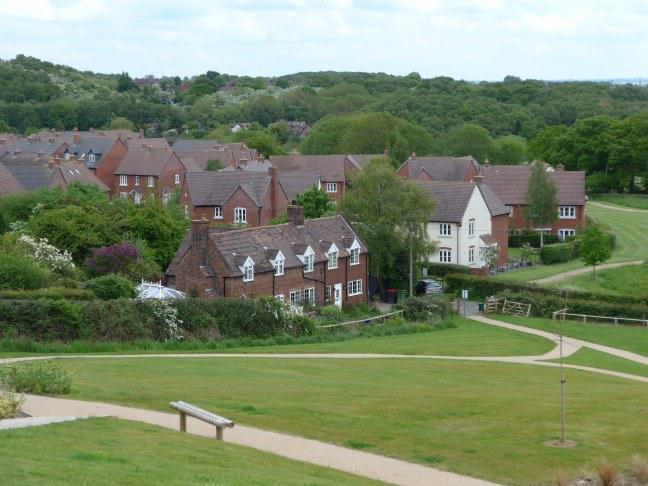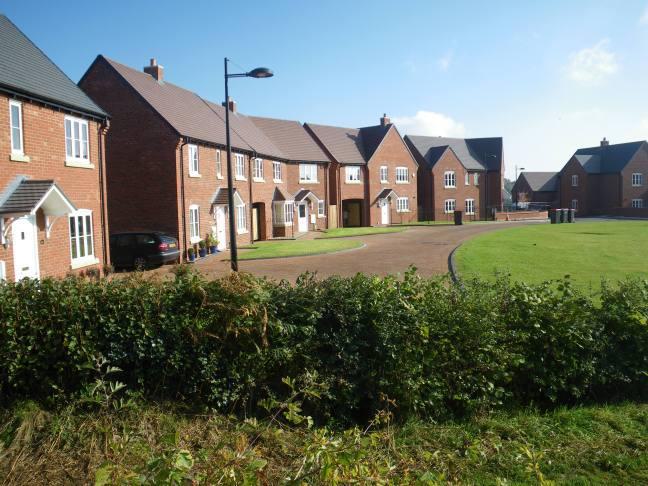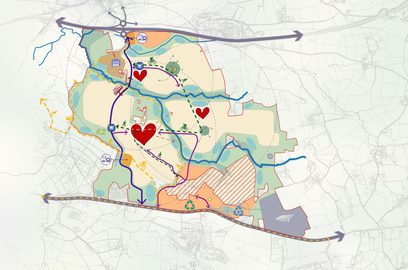Lightmoor: 22 years in the making

Tibbalds

Sue Rowlands, director at Tibbalds, reflects on her role working on the Lightmoor project 22 years later…
As a newly promoted Associate at Tibbalds in 1997, the feasibility study for a ‘new Bournville’ for the Bournville Village Trust (BVT) at Lightmoor, Telford was my first successful tender. The then project director Andy Karski described it as ‘a project of a lifetime’. I’m now the project director, and Lightmoor has not only been the project of a lifetime, but the project that has lasted for what seems like a lifetime – 22 years of my professional life.
Local SME contractor Jessups has just been appointed to deliver the final 300 homes of the 1,300 Lightmoor Village. With this final phase about to go through detailed design, it’s a good time to reflect on the ups and downs of Tibbalds’ involvement in this flagship project.
We started with a ‘quick and dirty’ feasibility study: could this site deliver BVT’s vision of a ‘New Bournville’ – a place that takes on board the best of George Cadbury’s original vision and marries it with sustainable, modern design? We concluded that – despite the challenges of historic mining, archaeology, ancient hedgerows, hilly topography and local opposition – this site had the potential to deliver a great place.
Sympathetic new-builds alongside existing homes

At this point, BVT formed a Joint Venture with the landowner, Homes England, and made the decision to go forward to an outline application. We knew that it would take many years to build out the village, and so we wanted the planning permission to be as flexible as possible to allow for future changes. But, at the same time, the JV was committed to delivering something different at Lightmoor, something of much higher quality and distinctive character than was being developed in England at the time. Lightmoor was the first project for which Tibbalds produced a Design Code, the Lightmoor Design Guide. This code has been instrumental in coordinating the development over the many years it has taken to build out. In our later research work into the effectiveness of design codes for CABE and the DCLG, Lightmoor formed one of the case studies. A key finding of this study was that Design Codes are only useful as a tool to secure quality if there is a clearly identified design ‘champion’ enforcing the code. At Lightmoor, I have had this role of champion, described affectionally by BVT as the ‘Policewoman of the Vision’. This means that I’ve assessed the quality of schemes for each individual phase and made sure that preferred developers’ designs accord with the code, both at design and implementation stage.
This ‘policewoman’ role has been immensely satisfying, especially during the challenges of the housing market downturn around 2008. There was a temptation to keep developers building no matter what the quality, but the JV was long-sighted enough to see that this wasn’t a good solution. Instead, I worked flexibly with developers to adapt designs to respond to changing market conditions. A great example is ‘The Crescent’, a cluster of housing around a small green space concealing an infiltration blanket (this isn’t the place to write about drainage – let’s just say that I’ve used the words ‘exciting’ and ‘drainage’ in the same sentence when talking about Lightmoor!). The masterplan and Design Code originally envisaged a continuous curved terrace defining and enclosing this space. But small houses for first-time buyers weren’t selling and the developer wanted to building larger family homes. They also only wanted to build a few at a time to minimise exposures – so semi-detached forms were in, and terraces were most definitely out. Working together, the design was revised to form the strong building line envisaged in the Code but also provide Taylor Wimpey with saleable homes.
The Crescent

It’s been interesting to see what urban design principles have stood the test of time and what has weathered less well. On the whole, the principles of creating a strong character through a clear street hierarchy and changes in density have endured. I’m really pleased with how pedestrian connections provide a fine-grained network as an alternative to the car. What’s not so good is car parking. In trying to creating an urban character, the denser phases have much of the parking in rear parking courts. We’ve learned that these need to be really well designed to work well – with overlooking, high quality boundary treatments, and space generous enough for good landscaping. Most of them aren’t well enough designed, and people prefer to park on street in fronts of their houses. Lessons learned: rear parking is minimised in later phases.
Despite some of the design not working as well as I’d hoped, it’s been great to see Lightmoor pop up time and again as an example of best practice in urban design. Most recently, it appeared in the new Essex Design Guide.
The best moment has nothing to do with design, however. It was the moment that I realised that Lightmoor had become a real community: I was on the phone to Kevin Webb, BVT’s project director based at Lightmoor, and I heard an ice cream van’s dulcet tones in the background. Lightmoor had made it: it’s a place that’s a genuine community!
Related Updates

Marlcombe, East Devon selected as one of the New Towns

Tibbalds

Lizzie Le Mare attending LREF 2025

Tibbalds
Newham Council’s 50% affordable Carpenters Estate regeneration gets underway

Tibbalds
Stay In Touch
Sign up to our Newsletter
Subscribe to our newsletter to receive updates about making people friendly places.